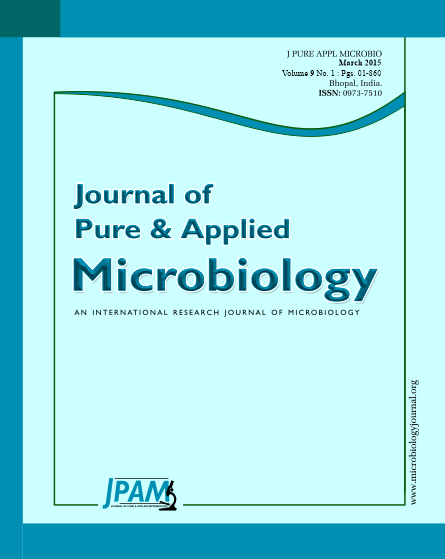A field isolate of Fowl pox virus (FPV) was grown successfully on chorioallantoic membrane (CAM) of developing chicken embryo and Baby Gravid Monkey Kidney cell line (BGM-70 cells), as evident by different degree of Cytopathic effects (CPE). Studies were conducted on the pathogenicity of these viruses in these different host systems which produced pock lesions in CAM infected with FPV with extensive congestion and foci of hemorrhages covering entire inoculated site. The cytopathic effects in infected BGM-70 cell monolayers consisted of rounding and clumping of cells, vacuolation, macro and micro plaques and intracytoplasmic inclusion bodies. The cytopathic effects were seen in both unstained as well as MGG stained monolayers of BGM-70 cells
Fowlpox virus (FPV), Chorioallantoic membrane (CAM) Pock lesions, Cytopathic effects (CPE), BGM-70
© The Author(s) 2015. Open Access. This article is distributed under the terms of the Creative Commons Attribution 4.0 International License which permits unrestricted use, sharing, distribution, and reproduction in any medium, provided you give appropriate credit to the original author(s) and the source, provide a link to the Creative Commons license, and indicate if changes were made.


